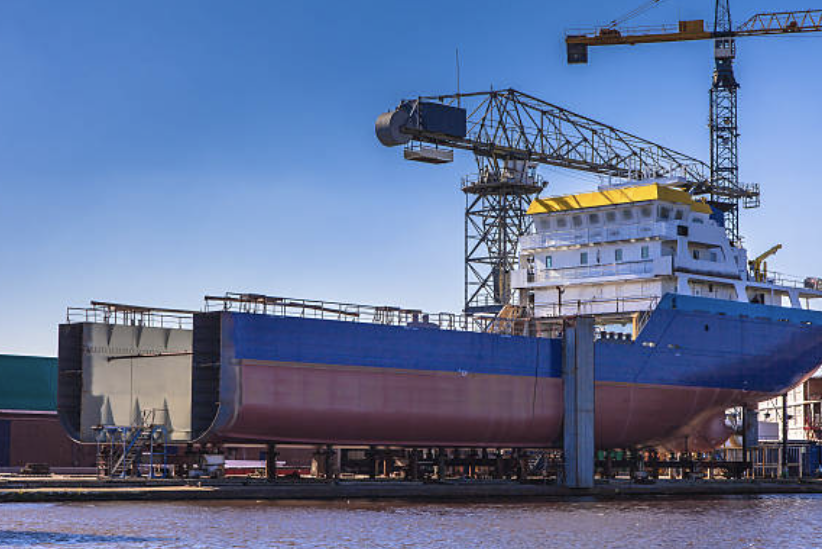
Posted on Thursday, November 21, 2024
The shipbuilding and boat manufacturing industry is a cornerstone of global trade, leisure, and defense. Central to this industry is the use of metal fabrication machines, which ensure the structural integrity, performance, and aesthetic appeal of vessels ranging from small boats to colossal cargo ships. This blog explores the machines used in shipbuilding, their applications, and real-world success stories, with a special focus on niche areas like luxury yachts and naval ships.
The hull is the main body of a ship, requiring strength and precision to withstand harsh marine environments. Key machines include:
Internal frameworks provide strength, support, and space division for storage and operations:
Propulsion systems like engines, shafts, and propellers require high precision:
A leading shipbuilder in South Korea implemented robotic welding systems and CNC plasma cutters in their production line. This resulted in:
An Italian yacht manufacturer used 3D laser cutters and custom roll forming machines to create sleek, innovative designs. The result:
A naval defense contractor integrated automated bending machines and large-scale CNC systems to construct destroyer-class ships. Outcomes included:
Luxury yacht manufacturing demands precision and artistic craftsmanship. Machines like 3D laser cutters, robotic arms for welding, and high-speed CNC routers enable:
Military ships require robustness and advanced features. Key technologies include:
Q: What is the role of CNC machines in shipbuilding?
A: CNC machines ensure precision in cutting and shaping materials like steel and aluminum, crucial for hulls, internal structures, and propulsion systems.
Q: What are the advantages of using robotic welding in shipbuilding?
A: Robotic welding improves speed, accuracy, and safety while reducing production costs and the risk of defects.
Q: What is the importance of laser cutting in luxury yacht manufacturing?
A: Laser cutting allows for intricate designs and smooth finishes, essential for high-end aesthetics and functionality.
Q: What are the challenges of metal fabrication in naval shipbuilding?
A: Challenges include ensuring durability under extreme conditions, precision for complex systems, and meeting strict military specifications.
What is the most critical machine in hull construction?
The CNC plasma cutter is one of the most critical machines, as it allows for accurate cutting of large metal sheets to form the ship’s hull.
What are the benefits of using advanced metal fabrication machines in shipbuilding?
Metal fabrication machines are the unsung heroes of the shipbuilding industry. From luxury yachts to naval ships, these machines enable designs that push boundaries and performances that endure the harshest seas. By integrating advanced fabrication technologies, shipbuilders continue to innovate, delivering vessels that meet modern demands for efficiency, aesthetics, and durability.

Understanding Coil IDs, Mandrel Sizing, and Shear Pin Safety in Uncoilers
Posted on Wednesday, October 1, 2025
Mismatched sizes can lead to machine damage, downtime, and safety hazards — often evidenced by a shear pin failure.

How Coil Tensile Strength Affects Roll Forming and How to Adjust Your Machine
Posted on Wednesday, October 1, 2025
Changes in tensile strength can significantly affect the finished profile, causing misaligned bends, uneven edges, and out-of-spec parts.

Why Paint Cracks on an Embossing Line Running Pre-Painted Coil and How to Prevent It
Posted on Wednesday, October 1, 2025
This issue not only affects the visual quality of the product but can also lead to increased scrap rates and customer complaints.

The Most Popular Standing Seam Metal Roof Panels in the U.S. — A Comprehensive Guide
Posted on Monday, September 29, 2025
In this post, we’ll explore what panel styles and sizes are most popular in the U.S